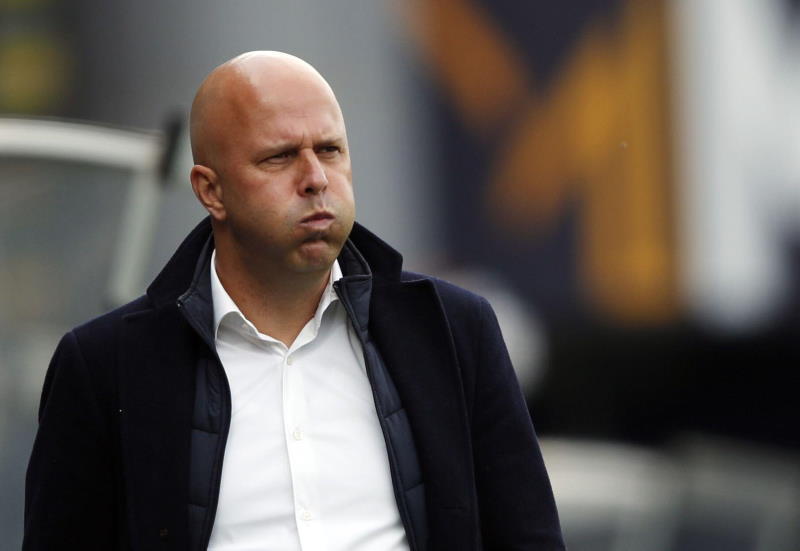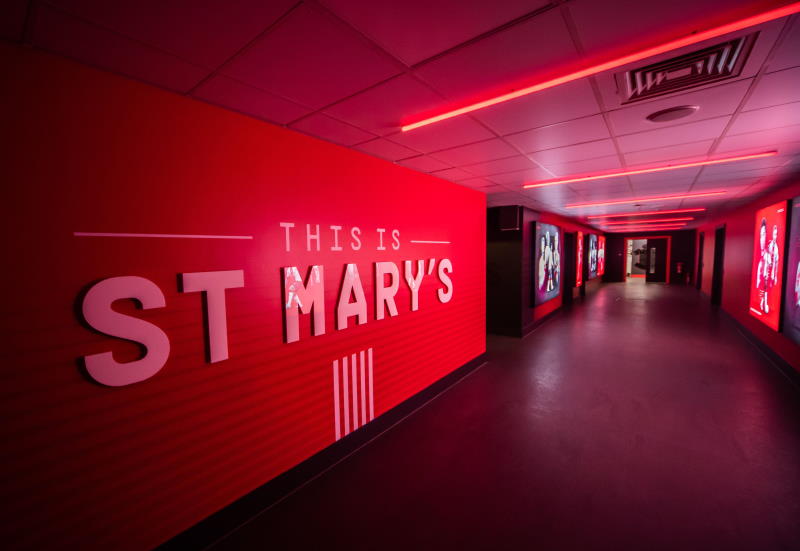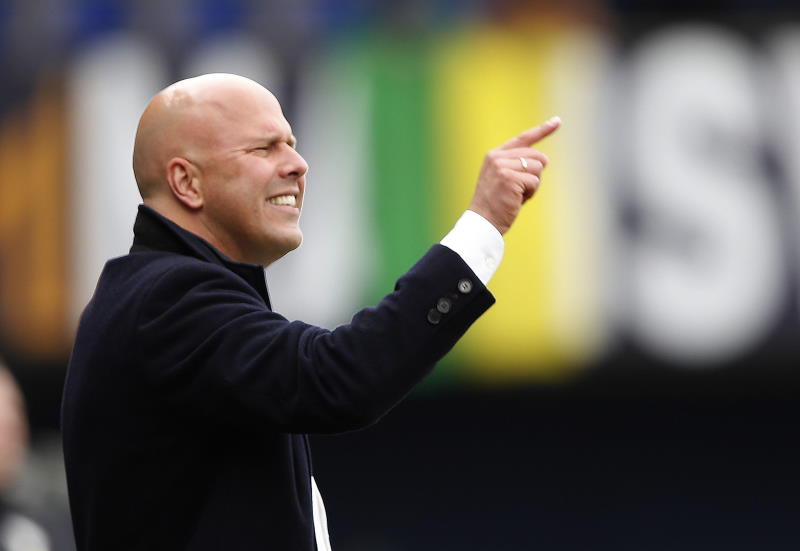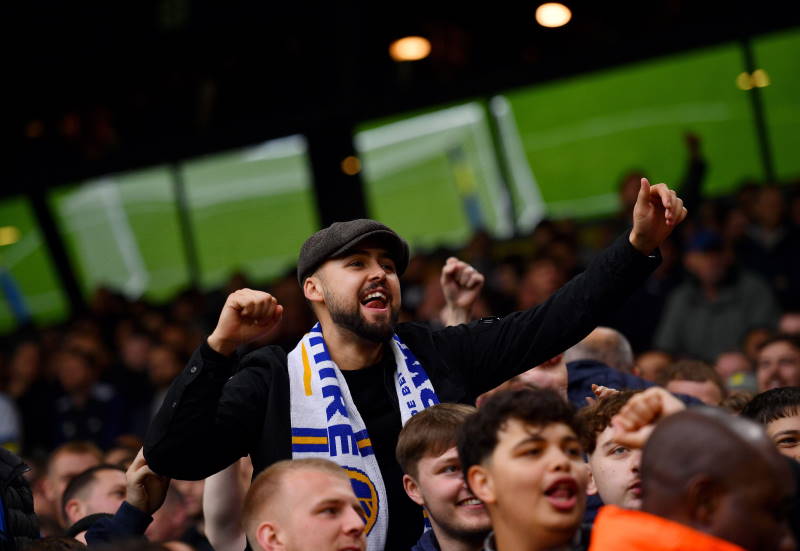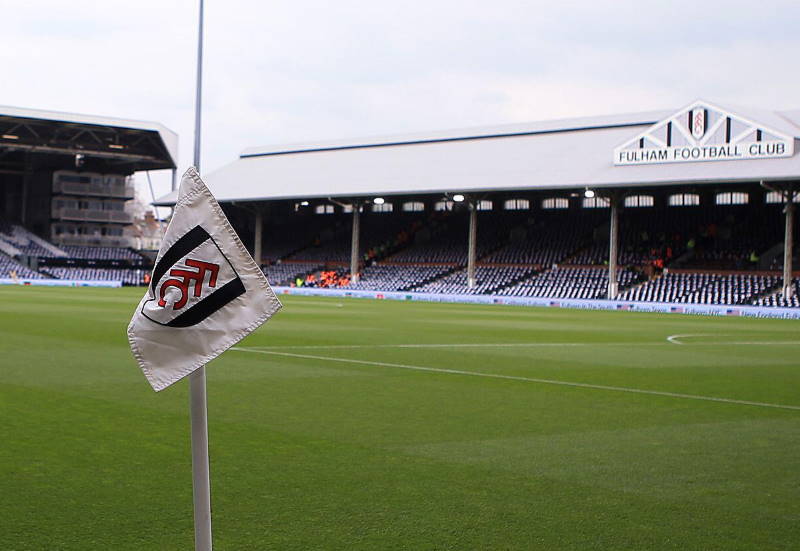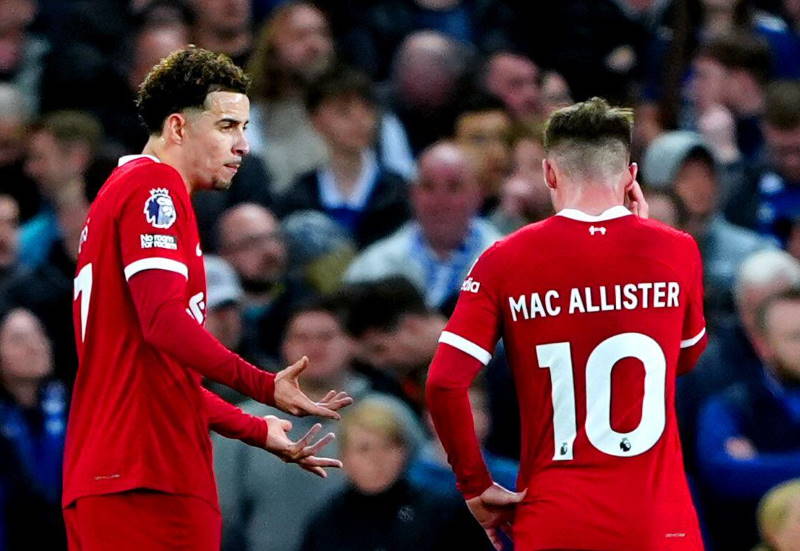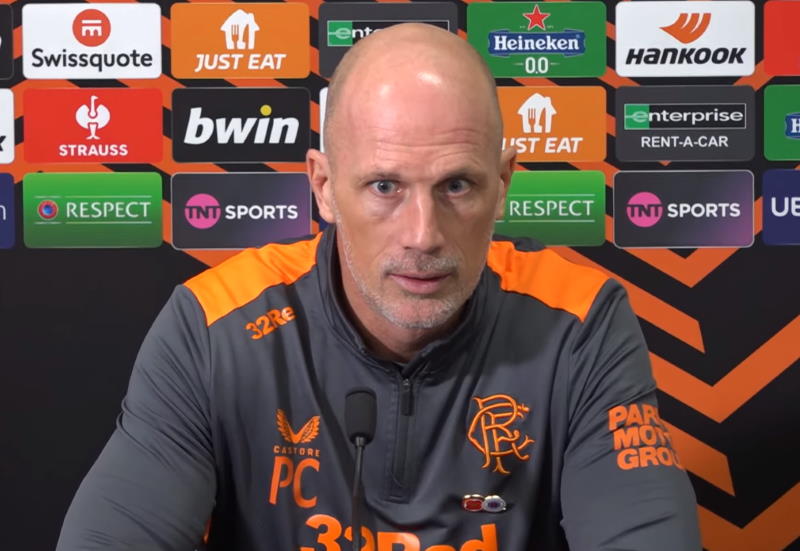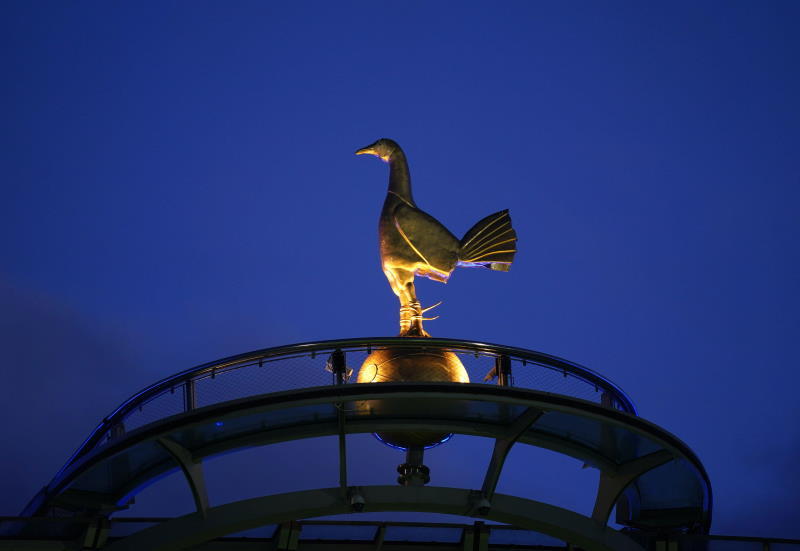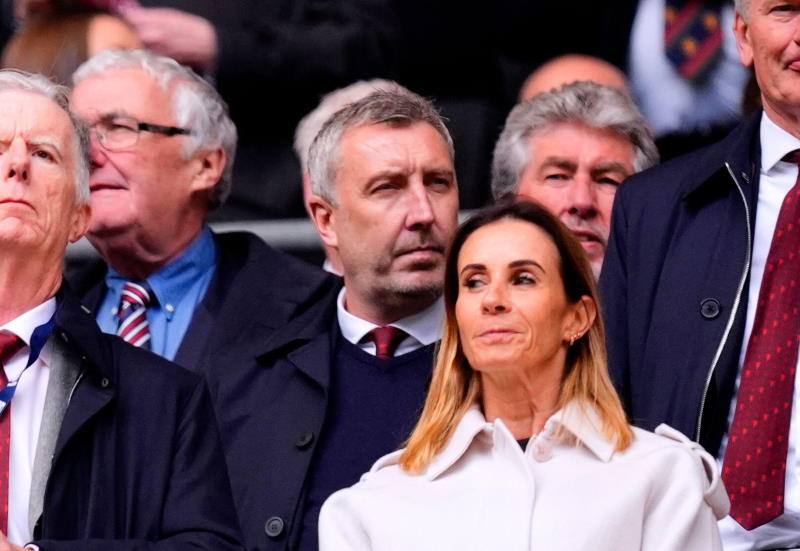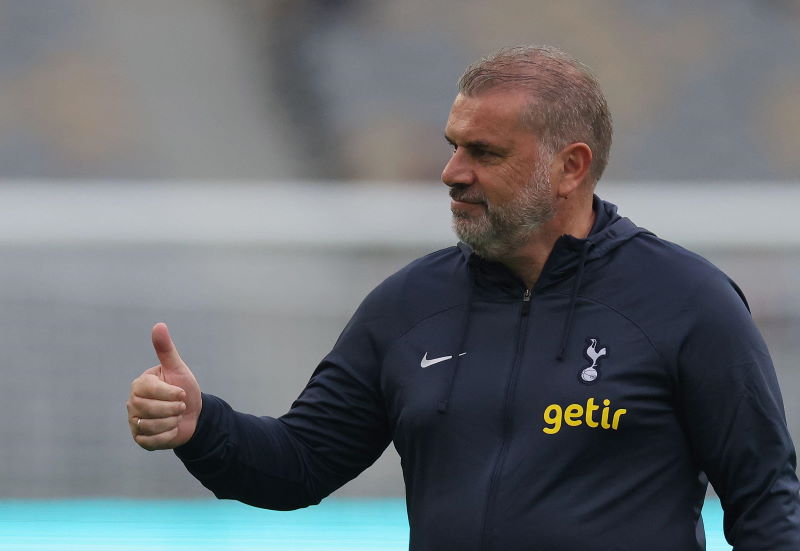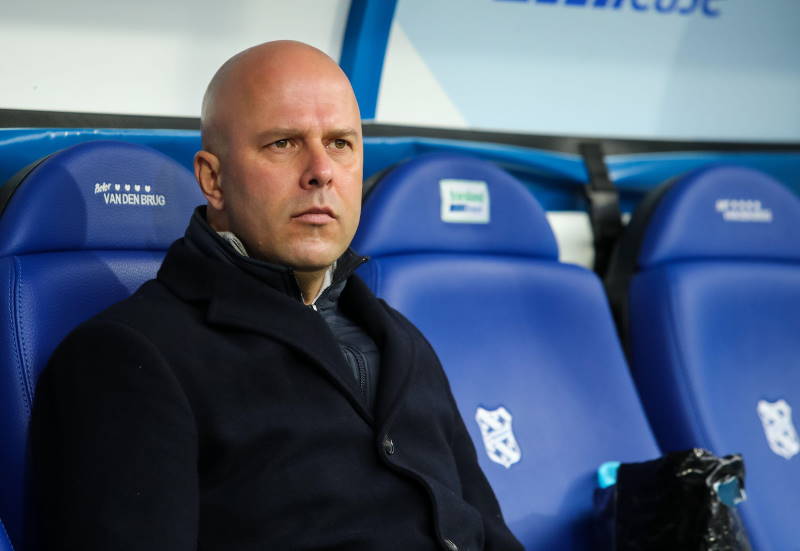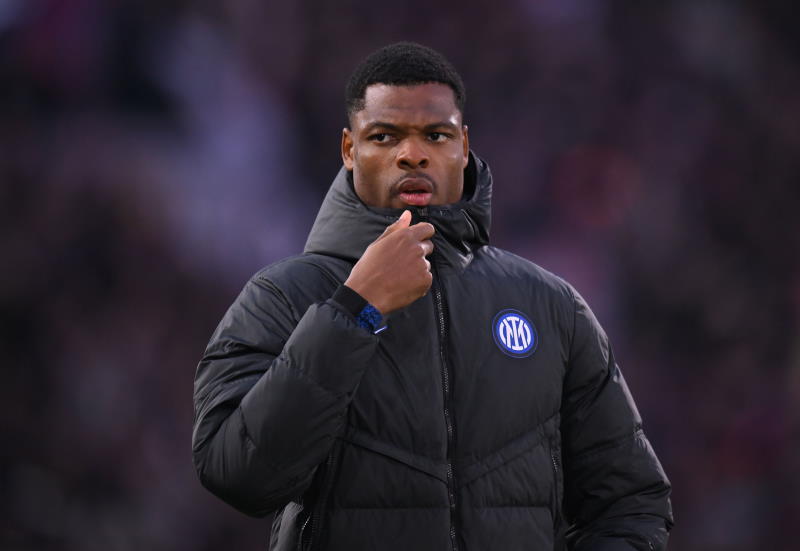
There were shocks aplenty in the 2011 Copa America, but it should have been little surprise that it was Uruguay who eventually lifted the trophy. While Argentina and Brazil started as pre-tournament favourites, Uruguay were the best performing of the South American nations at last summer’s World Cup and came into the Copa America with a largely unchanged squad from that which reached the last four in South Africa.
Oscar Washington Tabarez’s men began the tournament slowly, but switching to a 4-4-2 formation after their second game precipitated a change in fortunes, culminating in a 3-0 victory over Paraguay in Sunday’s final. The star performers in the Estadio Monumental were the forward pairing of Diego Forlan and Luis Suarez. Suarez grabbed the opener and Forlan added a second before the pair combined majestically for the late third goal – Suarez cushioning a header into the path of Forlan, who finished coolly to extinguish any lingering hopes of a Paraguay fightback.
The quality of Suarez’ performances in the semi-final against Peru, in which he scored twice, and the final gave some much needed focus to attacking play in a tournament that was mainly defined by goalkeepers rather than forwards. Outstanding performances from Fernando Muslera and Justo Villar helped Uruguay and Paraguay to eliminate the two favourites in the quarter-finals, while Colombia and Peru were both sent home following mistakes from their respective shot-stoppers.
But for all the excellence of Forlan and Suarez, Uruguay’s triumph was a true team effort – in fact every outfield player in their squad played some part in the Copa America success. However, even in such a well drilled collective certain individuals stood out. Diego Lugano was a superb leader, rallying his troops at every opportunity. Twenty-year-old Sebastian Coates defended with such poise and assurance that it was hard to imagine a Uruguayan defence without him. Egidio Arevalo was his usual immense self in the centre of the park, Maxi Pereira bombed forward with his customary gusto from right-back, and Muslera was superb between the sticks.
Runners-up Paraguay epitomised the spirit of what was generally a stodgy tournament, reaching the final without winning a game in normal play and setting out their stall more defensively as each game passed. The Paraguayans relied heavily on the reflexes of their goalkeeper Villar to see them past Brazil in the quarter-finals and had the woodwork to thank for keeping Venezuela at bay in the semi-finals. But there was to be no such reprieve in the final for a side that have still not adequately replaced Salvador Cabanas, the brilliant forward who is still recovering from the gunshot wound to the head that nearly killed him a year and half ago.
The finalists were two of only three teams in Argentina with coaches who had been in charge since the last World Cup qualifiers. The other, Venezuela, confounded pre-tournament expectations to reach their first Copa America semi-final, perhaps illustrating the advantage of continuity, although to attribute their success solely to this would be to overlook the massive strides the baseball-loving country have made in recent years. Venezuela will go into the 2014 World Cup qualifiers with realistic hopes of booking a finals berth for the first time in their history.
The other semi-finalists were Peru, their brilliant Uruguayan coach Sergio Markarian masterminding quite a turnaround for the side that finished bottom of the last World Cup qualifying group. His side rarely played particularly attractive football, but their defensive organisation was excellent and Markarian displayed an uncanny knack for setting up his team to counter the strengths of their opponents, deploying 4-3-3, 3-1-4-2 and 4-2-3-1 formations at one point or another during the tournament. The achievement of his team was even more impressive when taking into account the country boasted the lowest average age of any squad in the tournament barring the Under-23 squads sent by Mexico and Costa Rica.
Chile and Colombia had both looked very impressive in the group stages, but each fell at the quarter-final stage – Chile unlucky to lose against Venezuela after hitting the woodwork on numerous occasions, while Colombia, so excellent on the counter-attack, lacked the creativity to break down a stubborn rearguard action from Peru. Ecuador were disappointing in failing to progress from the group stages, Bolivia befell their usual early elimination, while Mexico and Costa Rica both failed to progress despite plenty of youthful exuberance.
The flopping of the favourites also marked this Copa America. The hosts Argentina managed just one win – against the Costa Rica Under-23 side – in their four matches, as did Brazil, although at least Mano Menezes’ troops’ sole victory came against a full strength Ecuador.
Argentina coach Sergio Batista came into the Copa America extolling the virtues of his 4-3-3 system that aimed to imitate the style of play of the Barcelona side in which his best player, Lionel Messi, is so successful at club level. Predictably, his charges were unable to successfully emulate the movement and passing interchanges of Josep Guardiola’s all-conquering side, and even after a change to a more standard 4-3-3 formation, came nowhere near the levels their personnel would suggest them capable of.
A lack of tactical nous was apparent in most of Argentina’s games and Batista paid the penalty, parting company with the Argentine Football Association on Monday. Alejandro Sabella, the man who led Estudiantes to the 2009 Copa Libertadores, is the favourite to replace him.
The position of Brazil coach Menezes does not appear to be directly under threat, and even if it was the 49-year-old would have a good case against his detractors. Brazil had the second youngest average age squad of those countries who sent their full senior teams into the competition. Indeed this Copa America represented one of the few opportunities for competitive football that Brazil will have in the run-up to hosting the 2014 World Cup and thus it was vital for Menezes to blood some of the country’s most promising young players to give them tournament experience.
Whether Menezes would have put so much faith in the Santos pair of Neymar and Paulo Henrique Ganso had this not been a consideration is open to debate, but they certainly both struggled to make the impact expected of them. The duo can take this tournament as a learning experience, an awakening to the sort of defensive techniques they are likely to face on a weekly basis if and when they make their expected moves to Europe. On this evidence both Neymar and Ganso are not quite ready to leave South America, but they are both extremely talented and are sure to form the basis of Brazil’s side for 2014.
Some will remember the 2011 Copa America for some turgid low scoring games, others for Brazil’s horrifically taken penalties against Paraguay, some for inspired goalkeepers and many for the brawl that erupted after Paraguay’s semi-final win over Venezuela. But most of all the tournament should be remembered for Uruguay, deserved winners, and for Diego Forlan, who emulated the achievements of his father and grandfather in winning the Copa America and equalled Hector Scarone as Uruguay’s leading all-time goalscorer. This was probably the striker’s last Copa America and he deserved to go out on such a high.

